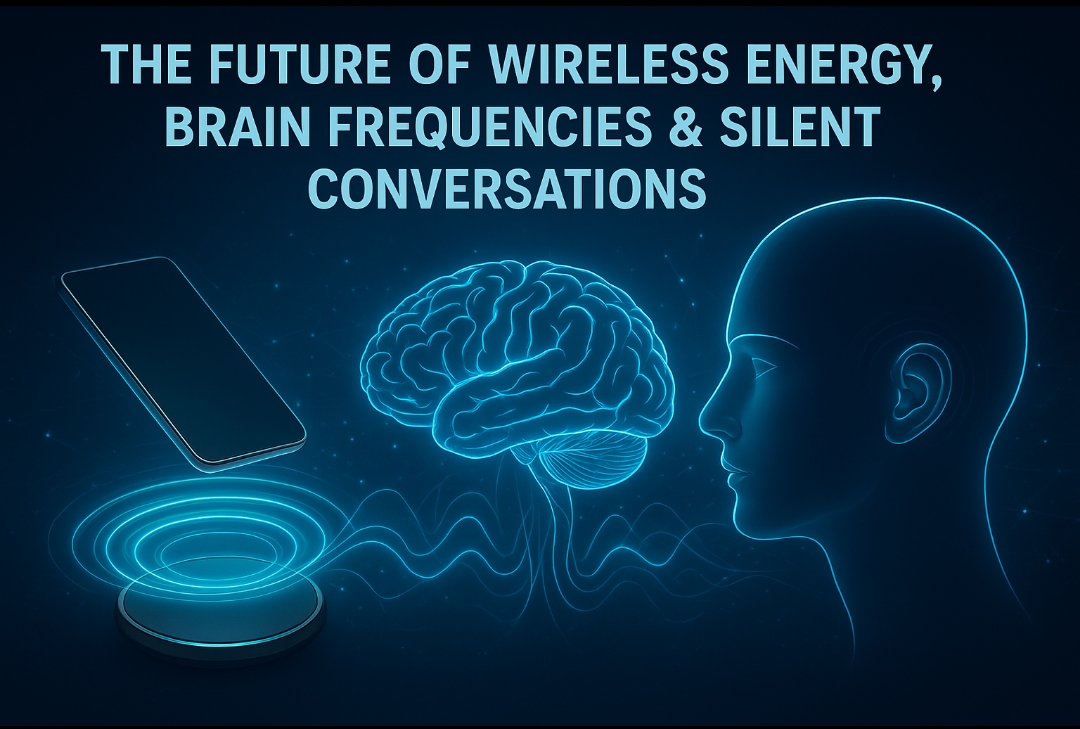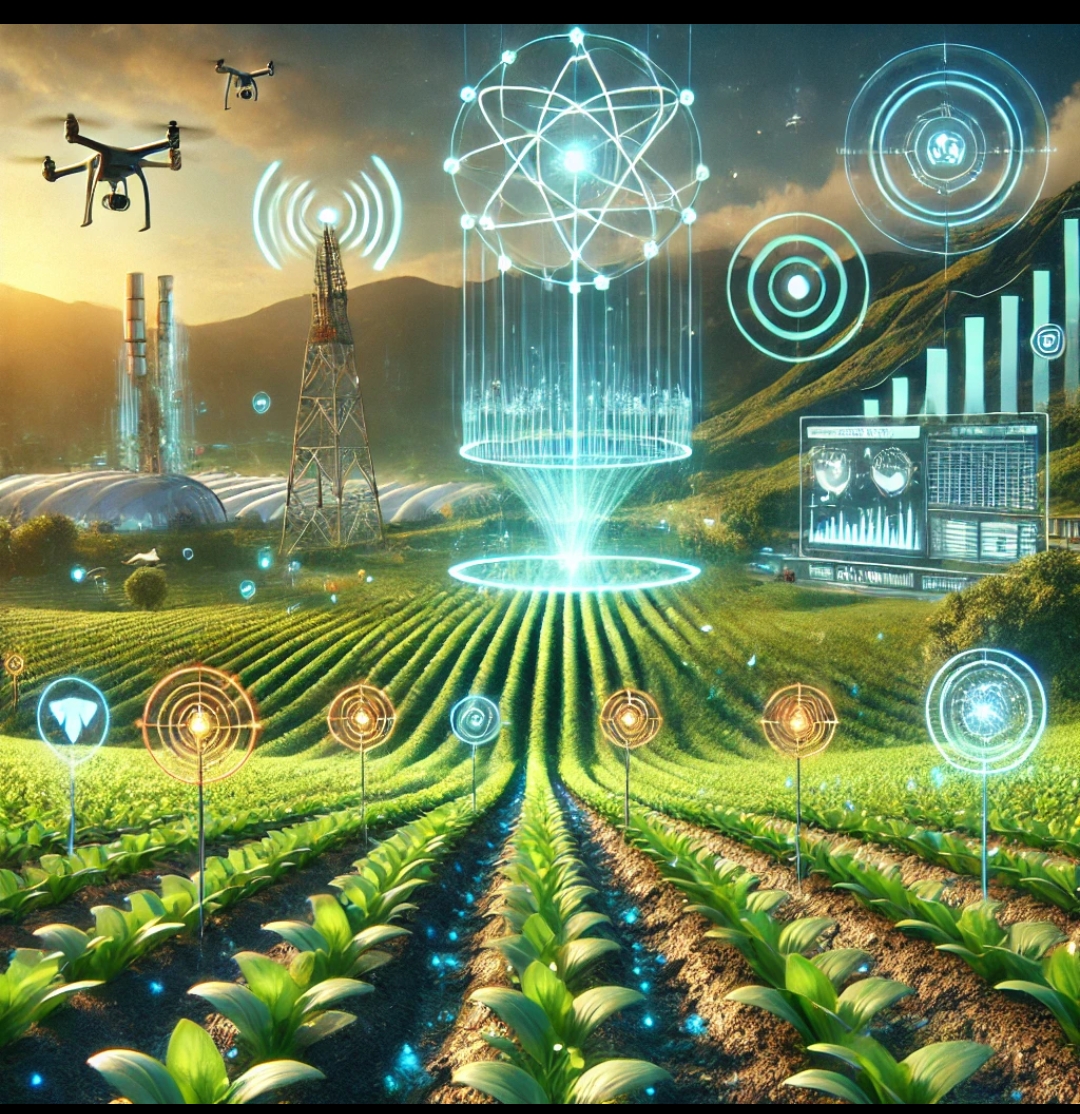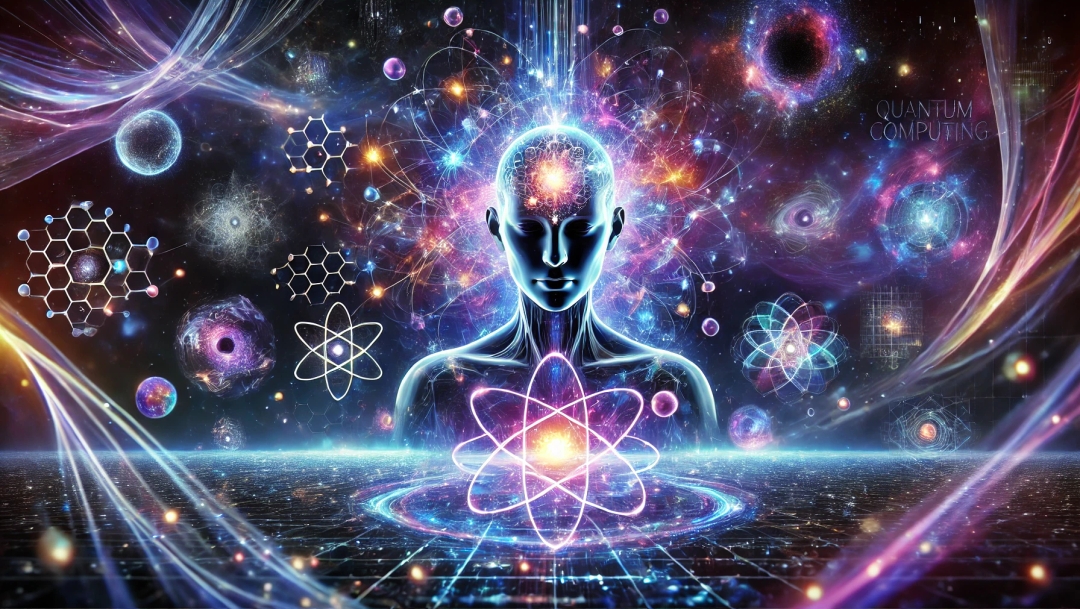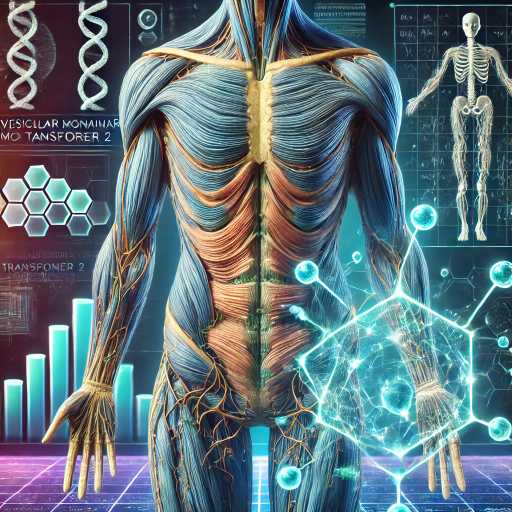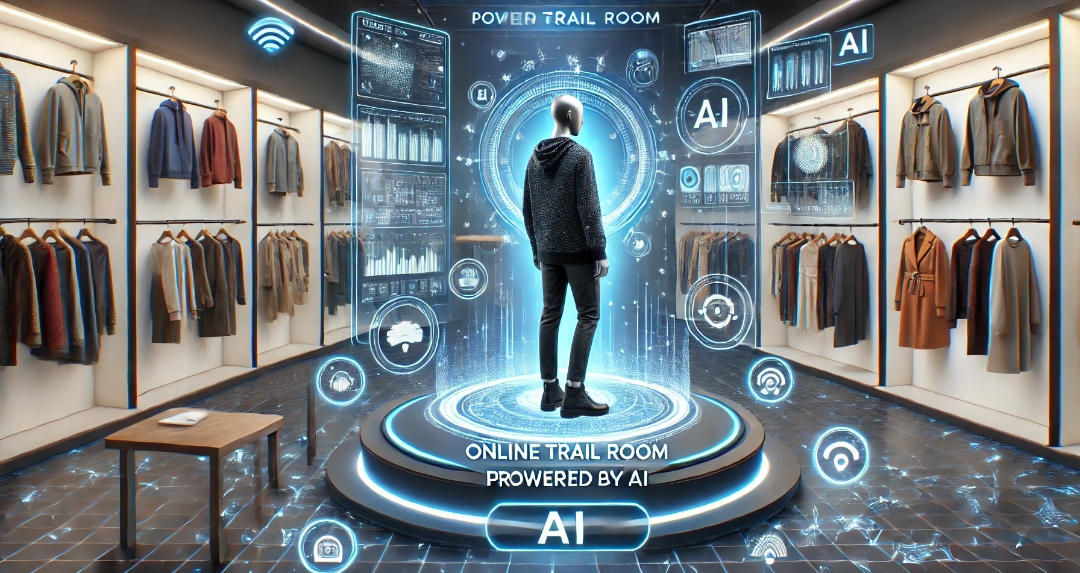The Impact of Mirror Neurons on Our Day-to-Day Life: Exploring the Neuroscience Behind Empathy and Social Interactions
Author: Dr Sanjay Rout
Introduction:
Mirror neurons, a fascinating discovery in the field of neuroscience, have revolutionized our understanding of social interactions and empathy. These specialized brain cells fire not only when we perform an action but also when we observe someone else performing the same action. This unique characteristic of mirror neurons has profound implications for our day-to-day lives, shaping how we relate to others, learn new skills, and develop empathy. In this article, we will explore the impact of mirror neurons on our daily lives and delve into the neuroscience behind their functioning.
Mirror Neurons and Imitation:
One of the most prominent roles of mirror neurons is their involvement in imitation. From infancy, we learn by observing and imitating others. Mirror neurons enable us to mimic actions, gestures, and facial expressions, allowing us to learn new skills and behaviors. Whether it’s learning to tie shoelaces, play a musical instrument, or acquire social etiquettes, mirror neurons play a crucial role in our ability to imitate and learn from others.
Empathy and Emotional Contagion:
Mirror neurons also contribute to our capacity for empathy, which is the ability to understand and share the feelings of others. When we observe someone experiencing an emotion, such as joy, sadness, or pain, mirror neurons are activated, creating a neural resonance within our own brains. This neural resonance allows us to vicariously experience the emotions of others, leading to emotional contagion. Consequently, mirror neurons facilitate our ability to empathize and connect with others on an emotional level.
Social Interactions and Non-Verbal Communication:
Mirror neurons play a vital role in our understanding of non-verbal cues during social interactions. They enable us to interpret and mimic facial expressions, body language, and gestures, facilitating communication beyond words. When we observe someone’s facial expression, mirror neurons fire, and we automatically mimic that expression, helping us understand and relate to the emotions and intentions of others. This mirroring process enhances our ability to communicate effectively and establish rapport with those around us.
Imitation and Cultural Transmission:
Mirror neurons not only enable us to imitate actions but also contribute to the transmission of cultural knowledge and traditions. By observing and imitating others, we learn the norms, customs, and rituals of our society. Mirror neuron networks in our brains allow us to acquire and pass on cultural practices from one generation to another, shaping our collective identity and social cohesion.
Disorders and Mirror Neurons:
The dysfunction of mirror neurons has been implicated in various neurodevelopmental and psychiatric disorders. For instance, individuals with autism spectrum disorder (ASD) often exhibit impaired mirror neuron activity, which may contribute to difficulties in social interactions, empathy deficits, and challenges in imitating others. Similarly, certain neurological conditions, such as Parkinson’s disease, may affect mirror neuron functioning, leading to motor and social impairments.
Harnessing the Power of Mirror Neurons:
Understanding the impact of mirror neurons can have practical implications in various domains. In education, incorporating visual demonstrations and modeling can enhance learning outcomes by engaging mirror neuron networks. In therapy, techniques such as mirror therapy have been used to aid motor recovery in patients with stroke or limb paralysis. Additionally, cultivating empathy through exposure to diverse experiences may help foster social cohesion and understanding.
The treatment and improvement of mirror neuron dysfunction in individuals with autism spectrum disorder (ASD) is an area of ongoing research and exploration. While there is currently no specific medication or direct intervention targeting mirror neuron dysfunction, there are therapeutic approaches that aim to address the core symptoms of ASD, including social and communication difficulties, which may indirectly impact mirror neuron functioning.
Here are some interventions and strategies that have shown promise in improving social functioning in individuals with ASD:
1. Social Skills Training: This type of intervention focuses on teaching individuals with ASD social skills and strategies for interacting with others. It typically involves structured activities and role-playing to practice social interactions, gestures, and facial expressions.
2. Cognitive Behavioral Therapy (CBT): CBT can help individuals with ASD by targeting specific cognitive and behavioral patterns that may contribute to social difficulties. It may involve teaching social cognition skills, perspective-taking, and understanding social cues.
3. Early Intervention: Starting interventions early in a child’s development can have significant positive effects. Early intensive behavioral interventions, such as Applied Behavior Analysis (ABA), can help improve social skills and reduce challenging behaviors.
4. Technology-Assisted Interventions: The use of technology, such as virtual reality or video modeling, has shown promise in enhancing social skills and promoting social interaction in individuals with ASD. These interventions provide a safe and controlled environment for practicing social interactions.
5. Peer-Mediated Interventions: In this approach, typically developing peers are trained to engage and interact with individuals with ASD, providing opportunities for social engagement and modeling appropriate social behaviors.
6. Sensory Integration Therapy: Sensory issues are common in individuals with ASD, and addressing sensory challenges may indirectly improve social interactions. Sensory integration therapy aims to help individuals process and respond appropriately to sensory stimuli.
It’s important to note that the effectiveness of interventions may vary from person to person, and individualized treatment plans should be developed in collaboration with healthcare professionals, such as psychologists, therapists, and educators, who specialize in working with individuals with ASD. Ongoing research in the field of neurodevelopment and ASD may provide further insights into the specific mechanisms underlying mirror neuron dysfunction and potential targeted interventions in the future.
There have been several studies and research investigations exploring the relationship between mirror neuron dysfunction and autism spectrum disorder (ASD). While the topic is complex and the findings are not entirely consistent, I can provide you with an overview of some key studies and their findings:
1. Rizzolatti and colleagues (2006): The discovery of mirror neurons by Rizzolatti and his team in the 1990s sparked interest in understanding their potential role in social cognition and ASD. They proposed that mirror neuron dysfunction might contribute to the social and communication impairments observed in individuals with ASD.
2. Dapretto and colleagues (2006): This study used functional magnetic resonance imaging (fMRI) to investigate mirror neuron activity in individuals with ASD. The researchers found reduced activation in mirror neuron regions when participants with ASD observed hand movements compared to typically developing individuals. These findings suggested atypical mirror system functioning in ASD.
3. Oberman and Ramachandran (2007): This study explored the relationship between mirror neuron dysfunction and empathy deficits in individuals with ASD. They proposed that impaired mirror neuron activity might contribute to difficulties in empathizing with others’ emotional states, a characteristic often observed in ASD.
4. Williams and colleagues (2008): This study examined mirror neuron activity in children with ASD using electroencephalography (EEG). The findings revealed reduced mu wave suppression, which is associated with mirror neuron activity, when children with ASD observed hand and facial movements compared to typically developing children.
5. Marsh and colleagues (2013): In this study, researchers investigated mirror neuron system connectivity in children with ASD using diffusion tensor imaging (DTI). The results indicated altered connectivity patterns within the mirror neuron network, suggesting disrupted communication between brain regions involved in social cognition.
6. Enticott and colleagues (2012): This study used transcranial magnetic stimulation (TMS) to investigate mirror neuron excitability in individuals with ASD. The researchers found differences in motor cortex excitability during action observation, providing further evidence of mirror neuron dysfunction in ASD.
While these studies provide valuable insights, it’s important to note that the research on mirror neuron dysfunction in ASD is ongoing, and there is still debate and variability in the findings. Some studies have reported mixed results or failed to find significant differences in mirror neuron activity in individuals with ASD compared to typically developing individuals. The complexity of ASD and the involvement of multiple neural systems make it challenging to draw definitive conclusions.
Further research is needed to better understand the relationship between mirror neuron dysfunction and ASD, including the underlying mechanisms and potential therapeutic implications. Future studies may explore how mirror neuron activity relates to specific symptoms or subtypes of ASD and investigate potential interventions to modulate mirror neuron functioning.
Conclusion:
Mirror neurons are a remarkable neuroscientific discovery that has shed light on the neural basis of empathy, imitation, and social interactions. Their impact on our day-to-day lives is far-reaching, influencing how we learn, communicate, and connect with others. By unraveling the mysteries of mirror neurons, we gain valuable insights into human behavior and pave the way for innovative applications in fields such as education, therapy, and social harmony.
#neuron #health #science #technology #data #socialmedia #care #coach #emotions #psychology #thoughtleader #drsanjayrout #transform #trending #viral #coach #idea



